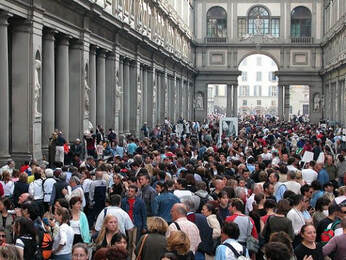 Florence crowds Florence crowds In 2017, over 50 million tourists stayed in Italian hotels--and ONLY during June, July and August, the supposed "high season". But in the last decade, the "high season" has been expanding to early spring and as late as October, and most visitors to Italy don't stay in hotels... How many more visitors stayed in rental apartments or with friends or relatives? How many camped or stayed in hostels or local B&Bs? Keep in mind, the population of Italy is only around 60 million (a decent number for such a small country), but some estimates put the number of actual tourists from all over the world visiting Italy at over 420 million in 2017 alone. Just imagine if the U.S. matched or even surpassed its own 320 million population with half a billion tourists a year?! The actual current number of tourists visiting the U.S. annually is a mere 80 million. It seems Italy is being over-promoted, overbooked and over-run by tourists. As an example, just look at what happens to Venice during the summer months when as many as 6 cruise ships each day dump (according to recent numbers) over 32,000 people onto the fragile jewels of its sinking islands. Over 600 cruise ships a year make daily stops in Venice! The influx has become so bad the city is being gentrified, with mom and pop shops turning into tacky gift shops selling things made in China, and with local residents moving out when they realize their homes are worth more as holiday rentals. Is it time to give Italy a bit of a rest from the wear and tear on its tourist hotspots... Venice, Florence, Pisa, Rome? Are these "must see" destinations turning into Italian Euro-Disney spots, lacking authenticity and losing their cultural heritage? We propose that when Italy opens up again as this pandemic dies down, Americans should visit a small town in Italy where the real Italian lifestyle can be experienced, instead of putting up with indignities of enormous, shoulder-to-shoulder crowds, pushing, shoving and tight schedules of the "must see" locations. If you are traveling with kids, this should be an important consideration. Children can have a much more enjoyable time if you slow it down and toss out the schedule. There are tons of things to do with kids all across Italy... water parks, go-karts, dinosaurs, science museums, beaches, cycling, hiking and more. How about Monte Isola, a town on Lake Iseo in Lombardy? Or visit the mountain village of Castelluccio in Umbria for a taste of small town, mountain life. Instead of Florence, visit Pienza, one of the most beautiful Renaissance villages in Tuscany. And instead of paying high fees to have a spa day, go where the locals go for free, to Bagno San Fillipo in southern Tuscany and bath in the hot, natural sulfur springs under huge mineral waterfalls frozen in time. And the Cilento is much less crowded (aside from August when Italians flock to its beaches for their Ferrragosto holiday) that the Amalfi Coast and has lime after mile of real sand beaches. And don't forget Puglia, especially the tip of the boot around the port town of Brindisi. Puglia isn't like any other part of Italy and nearly every town has something unique to offer. For amazing beaches, take a plane or ferry over to Sardinia. Its natural wonders are unspoiled, with the sea as clear as tap water. So reconsider when booking your next visit to Italy. Throw away the must-see list and visit the real Italy. Slow down, relax and spend time in one location and area at a time. Find out what days the local market is open. Rent a house or apartment and do your own cooking with amazing, fresh ingredients. Meet the locals. Learn the local dialect... even if just a few words. Keep in mind that Italy isn't one thing... it's not just Rome, Florence, Pisa and Venice. There are 20 independent regions in Italy, each with its own language, cuisine, customs and culture. You can literally throw a dart at a map of Italy and then plan a trip to the region the dart lands on. Trust me. Italy is a lot more than standing on line for hours just to be rushed through the Sistine Chapel in five minutes, with throngs of tour groups shoving you from behind.
Learn to live the Italian lifestyle while you are in Italy, and I guarantee you'll have learned how to life a bit of that same lifestyle when you're back home. Ciao e buon viaggio. --Jerry Finzi 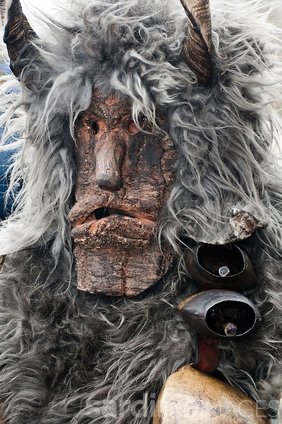 In Sardinia, the Carnival of the Mamuthones is a pre-Christian traditional ritual dating back more than 2,000 years. Monstrous characters boast thick hair, black faces and are burdened with the weight of 60 pounds of cattle bells hanging around their body. Still today, they frighten babies, old men and Nonnas as they rhythmically stomp and grunt through villages, yet this tradition thousands of years old goes on... The precise meaning of the name, Mamuthones is lost in time and a subject of discussion and debate, but you can think of it as an ancient pagan God of the changing seasons, from winter to spring, and sacrificing for the new year of growth, good rains and successful harvests. These monsters show themselves first time in the town of Mamoiada and also in Ottana on the 17th of January, the saint day of Sant’Antonio Abate, with forty bonfires lighting up piazze, while the Mamuthones dance throughout the night. Again in February, Mamuthones appear on Carnival Sunday and on . Magnificent, long-horned Mamuthones, above (note the real sheep's head, center). A bearded herd, below.
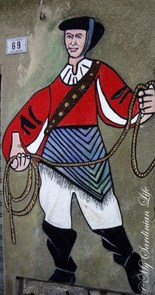 The Issohadore in full regalia The Issohadore in full regalia Other characters, called Issohadore are in charge of the ritual and their tethered Mamuthones, protecting their beasts from harm or evil spirits--or the curious onlookers during the procession through the village. With their rope lassos they will often wrangle the pretty women in the crowd boasting health and fertility. The Issohadore wears a colorful headdress, white mask, a bright red waistcoat, white shirt, trousers, gold buttons, a band of bells in bronze, shawl, woolen leggings, leather boots and their lasso. 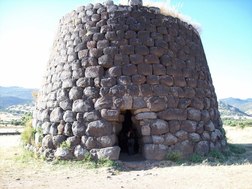 Nuraghe dwelling Nuraghe dwelling This area of Sardinia is an interesting place to visit, often with surprising things to see and experience, unique in all the world. For instance, all around the countryside you might feel like you are in a Celtic region once you see all the monolithic stones standing guard with their carved concentric stones--looking very much like similar stone alignments in Brittany or the British Isles. You will also come across many conical shaped ruins of castles and other structures left behind from the precursors of the Sardinian people... the Nuraghe. Their chopped-top cones and spiraled, organic patterns and shapes made by the layout of their settlement walls makes one ponder how scary it must have been so many thousands of years ago when their own Mamuthones were lassoed and pulled through their tight passageways... If you travel to these villages other times of the year, don't worry... the locals live with the Mamuthunes all year long, with museums displaying their best costumes and masks, statues in piazze and frescoes on walls in the villages. To be honest, they really freak me out! --Jerry Finzi
|
Categories
All
Archives
May 2023
|

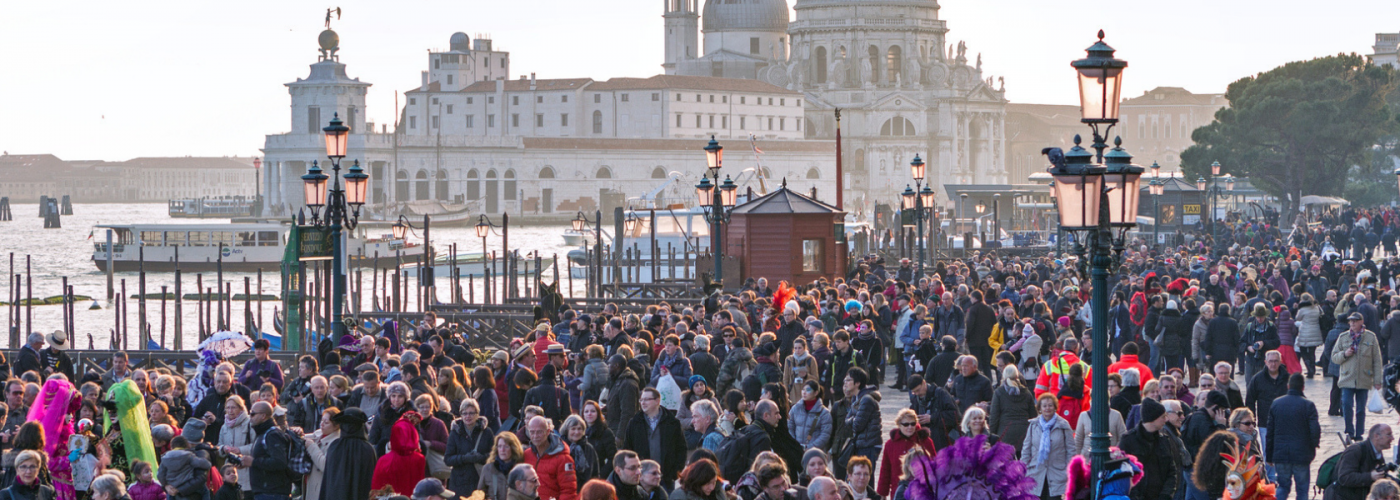
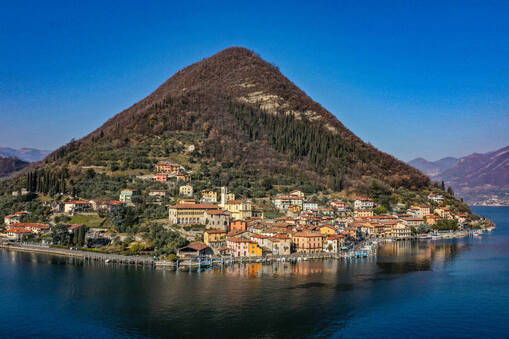
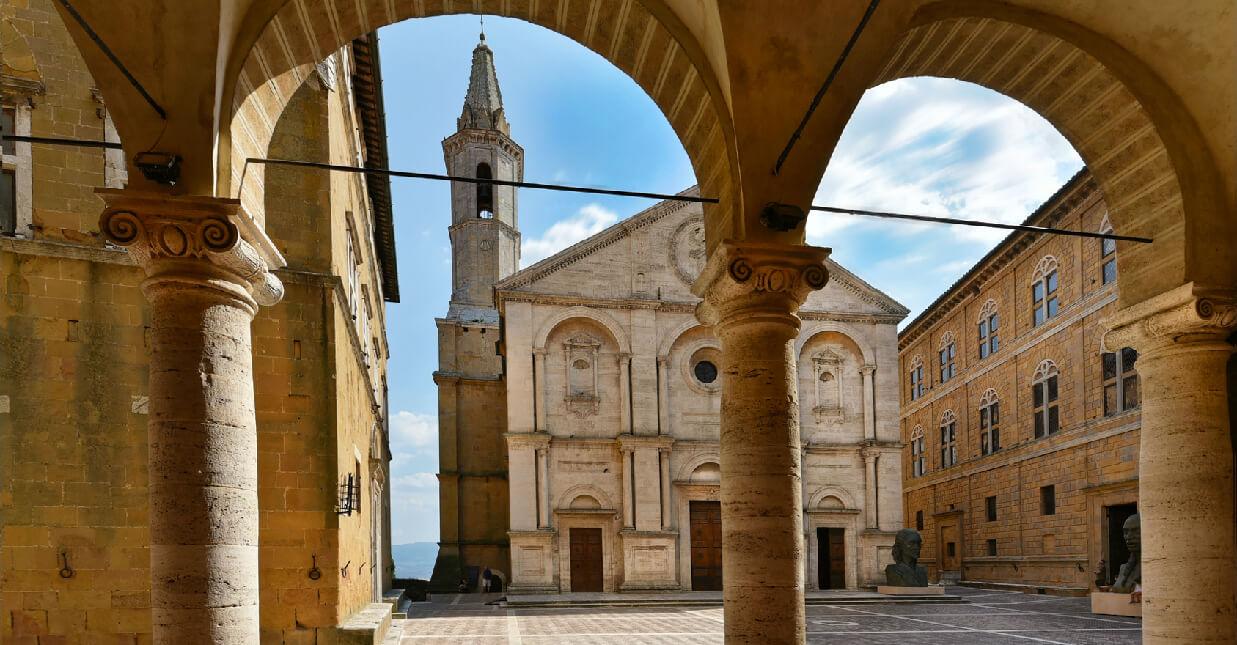
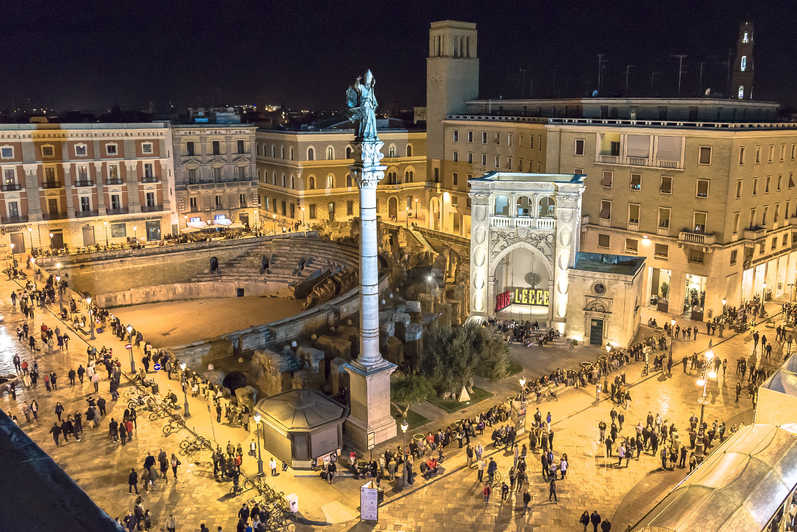
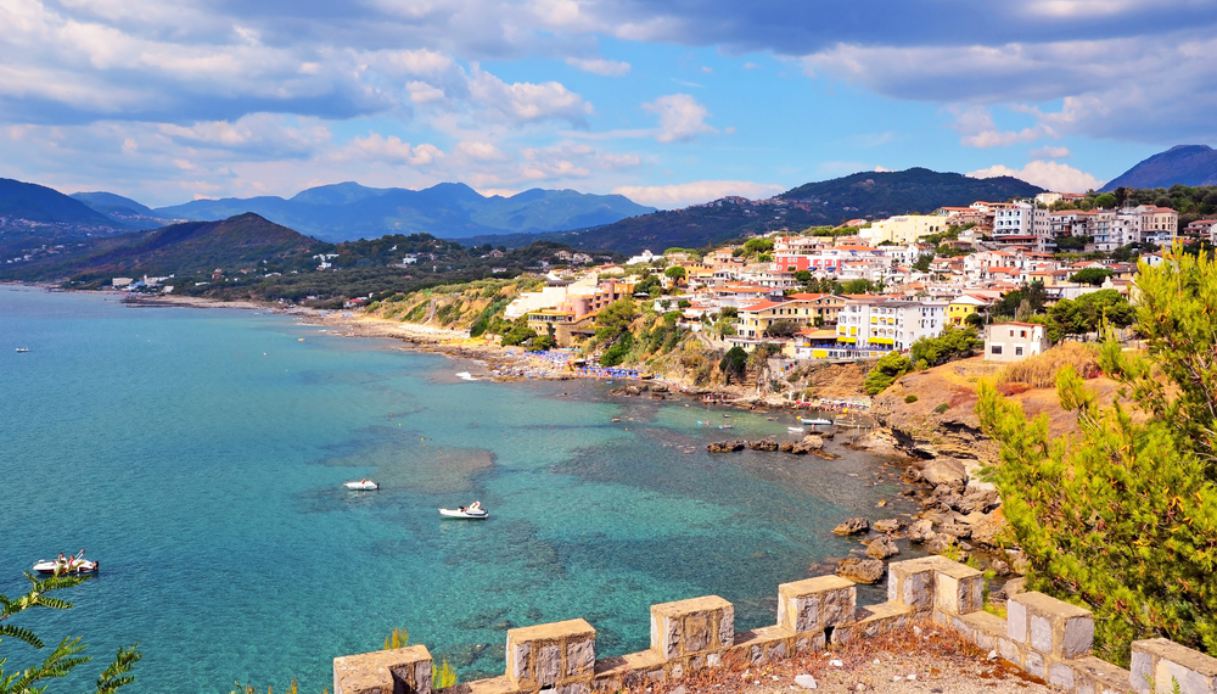
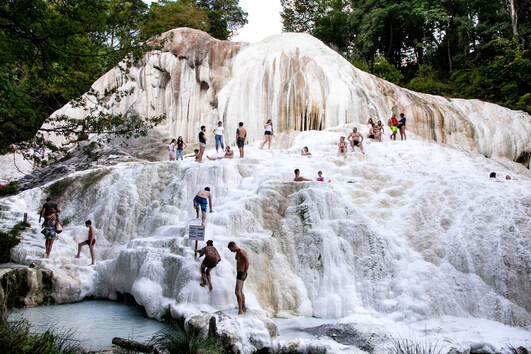
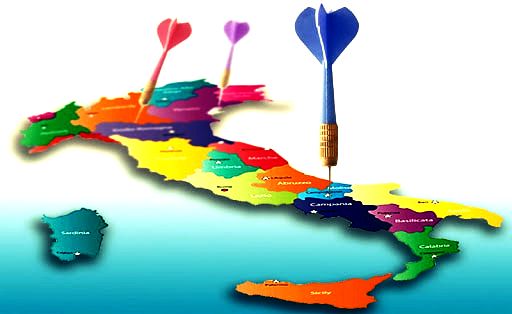
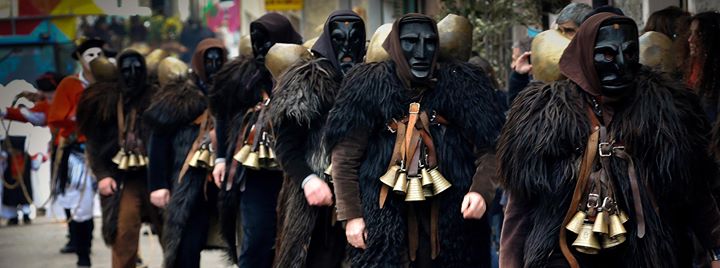
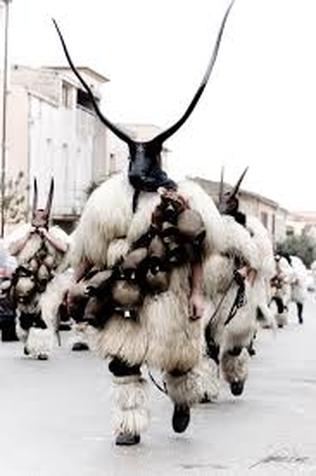
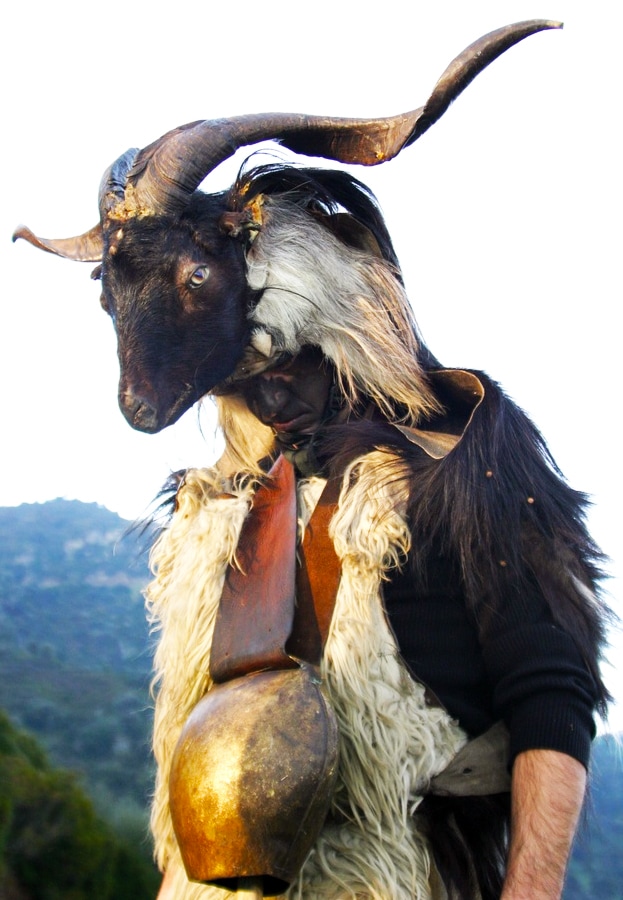
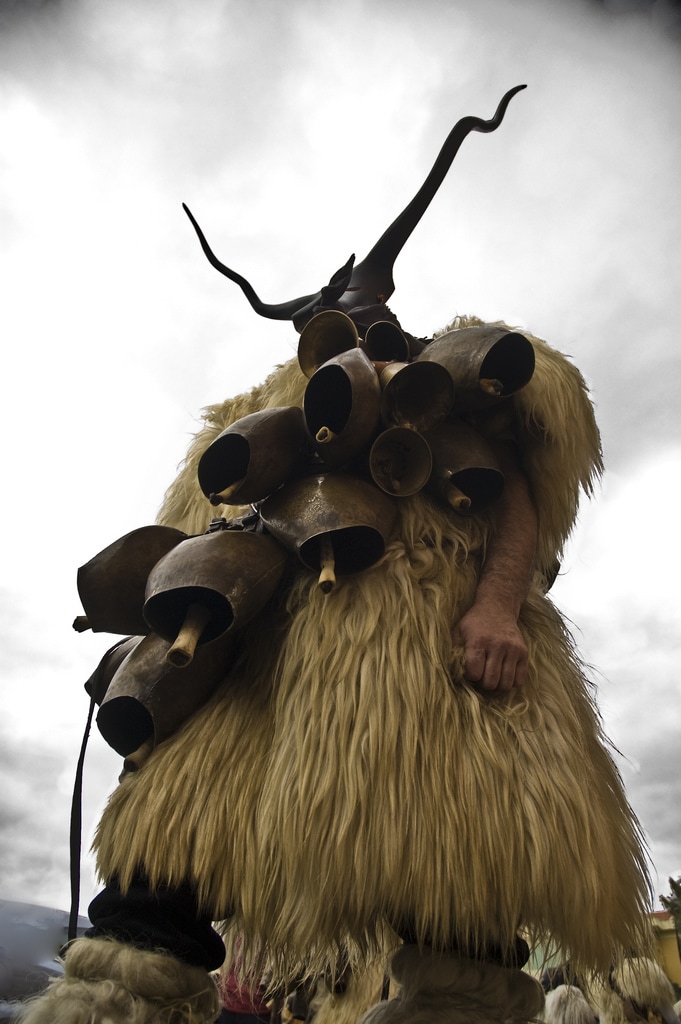
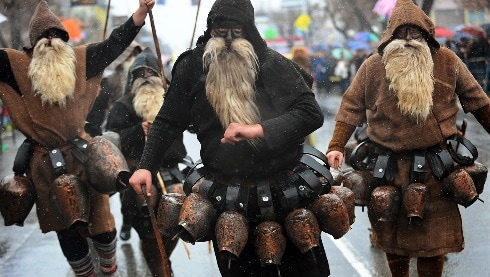
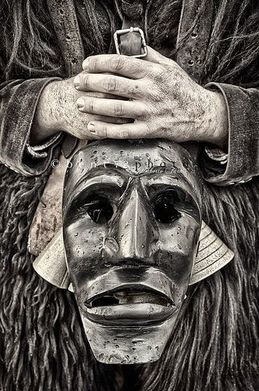
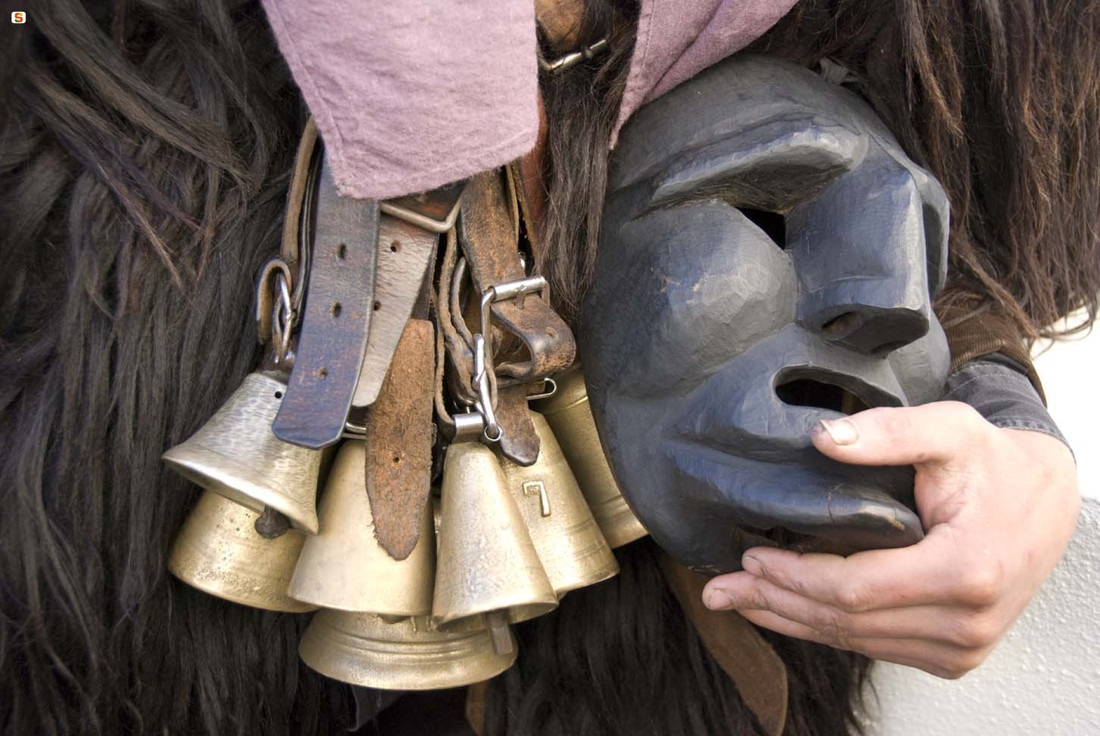
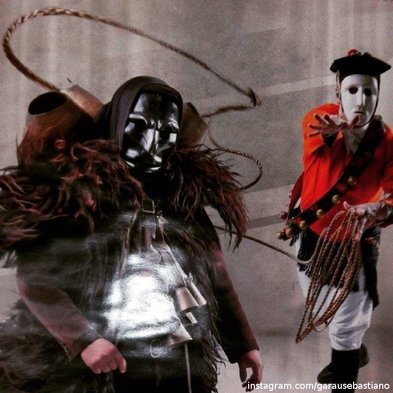
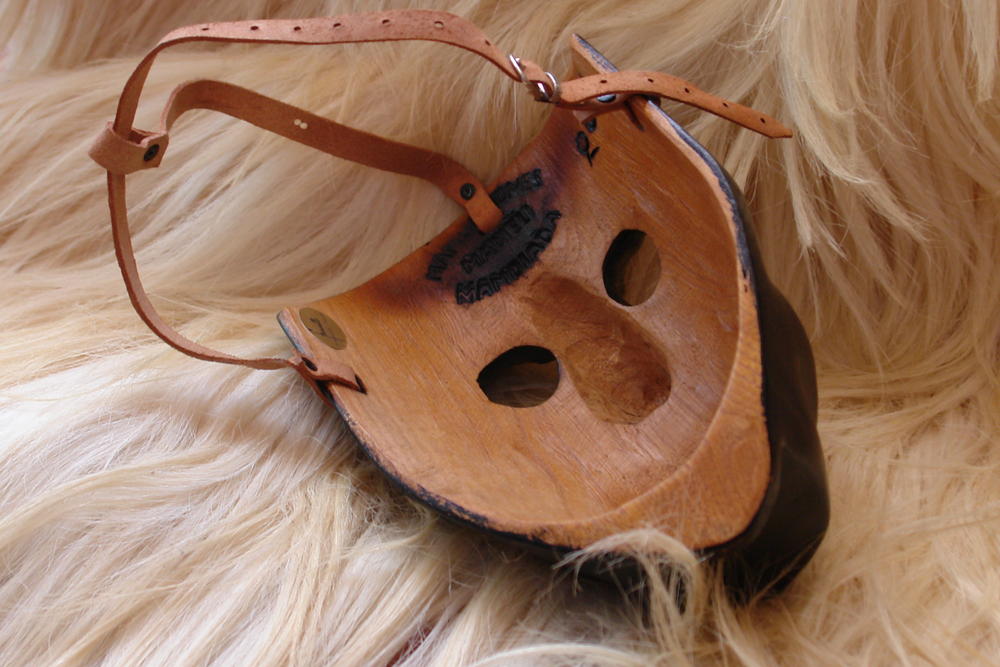

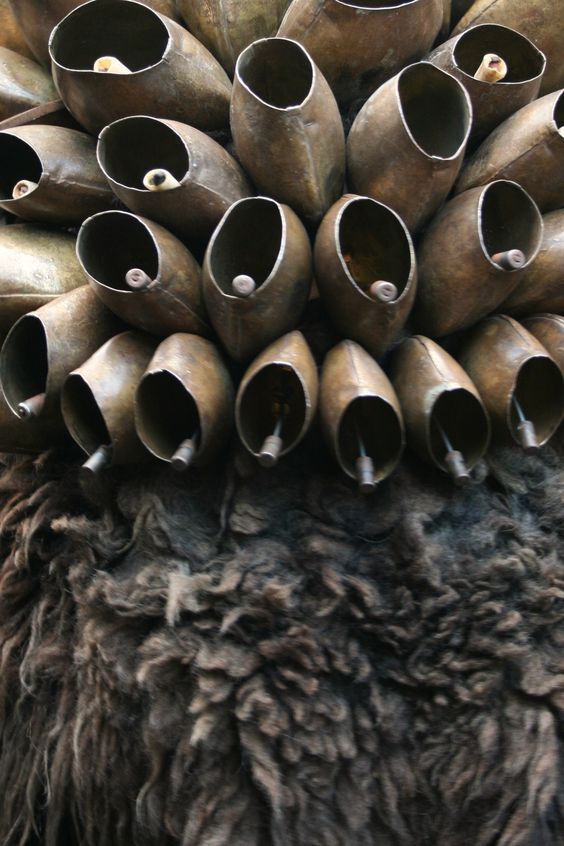
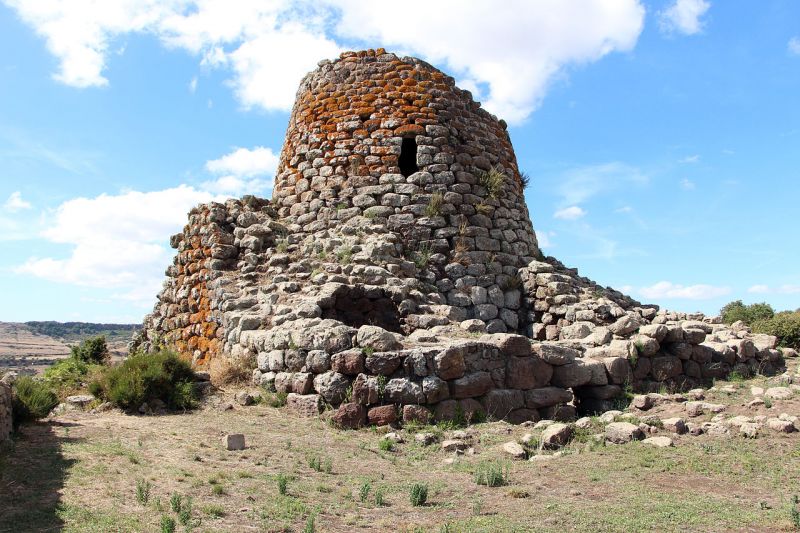
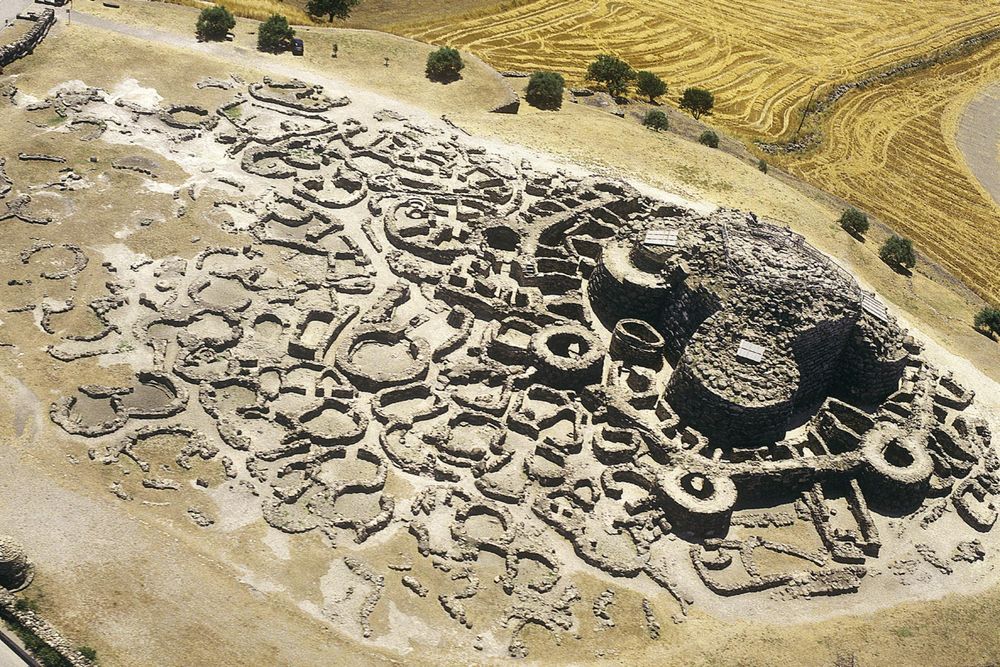
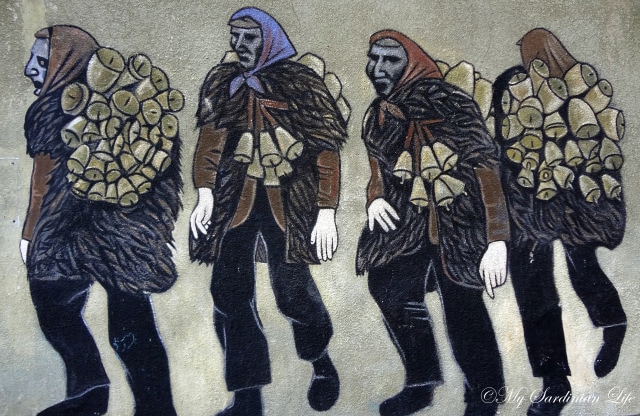


 RSS Feed
RSS Feed
